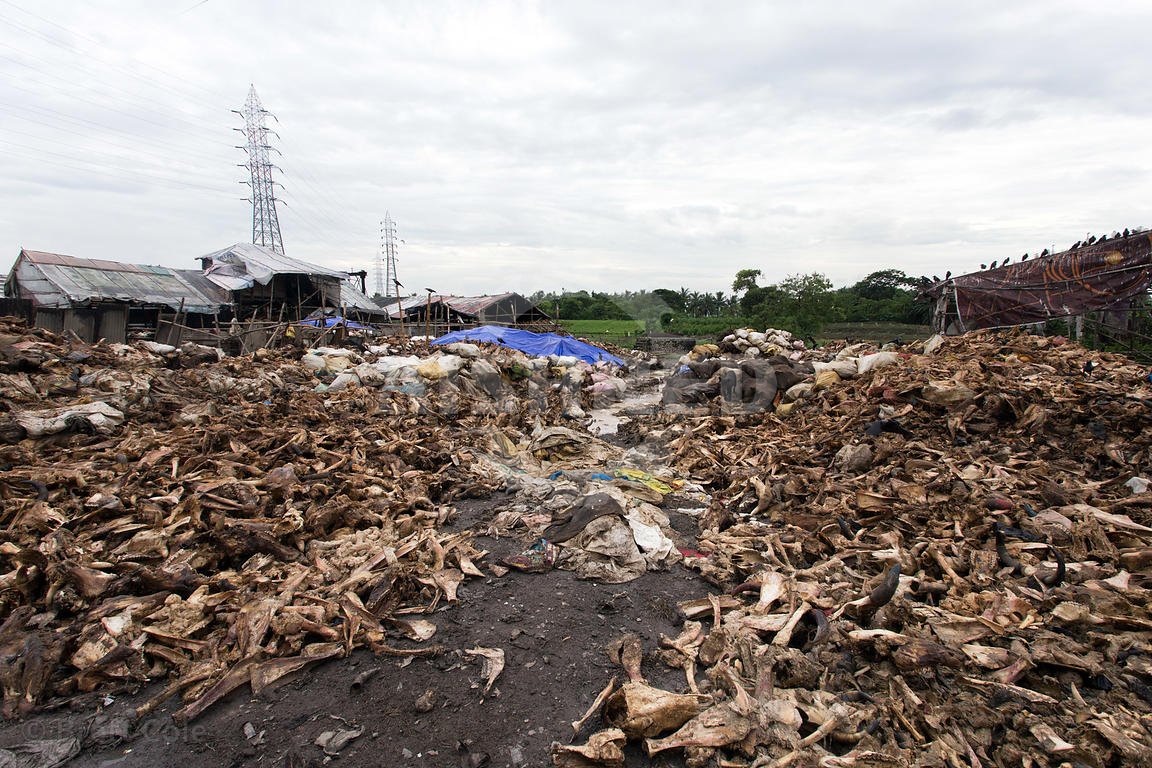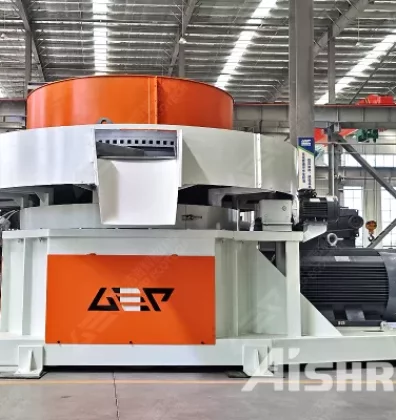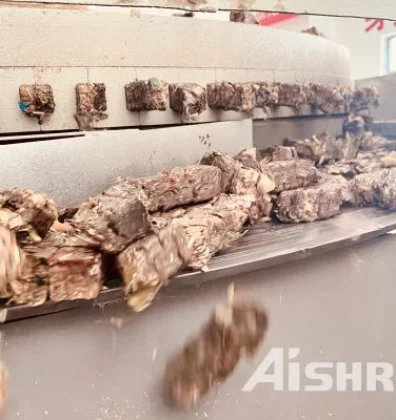The treatment of slaughterhouse waste is a complex process that must meet strict health and environmental requirements. Slaughterhouse waste includes a range of by-products such as blood, bones, viscera, fats, skins, and other tissues that are not intended for human consumption. Here are the key steps and techniques used for treating this waste, including references to specific products that could be used in these processes:
- Collection and separation: Waste is collected separately in the slaughterhouse to avoid cross-contamination. Liquid and solid elements are separated.
- Shredding and reduction: Solid waste is ground to reduce its size and facilitate further processing. The GDF double shaft shredder could be used to reduce the particle size of solid waste to a manageable format.
- Thermal treatment: Waste is often subjected to thermal treatment, such as sterilization or cooking, to destroy pathogens and reduce waste volume.
- Anaerobic digestion or composting: Organic waste can be treated by anaerobic digestion to produce biogas or composted to produce soil amendment.
- Rendering: Rendering is a process where animal waste is transformed into useful products such as meat meal, bone meal, and fats.
- Effluent treatment: Wastewater from the slaughterhouse is treated to remove organic and inorganic contaminants before discharge or reuse. Progressive cavity pumps with feed hopper and auger are often used to transfer thick fluids or sludge generated during waste treatment.
- Incineration: Incineration is sometimes used for waste that cannot be treated by other means, ensuring compliance with gas emission standards.
- Solid waste management: The remaining solid waste is often transported to landfills or specialized treatment facilities.
- Monitoring and control: Treatment processes are monitored to ensure compliance with regulatory standards.
It is important to note that local and national regulations may influence slaughterhouse waste treatment methods. Additionally, waste valorization, i.e., their transformation into useful products or energy, is a key aspect of slaughterhouse waste treatment from a sustainable development perspective.

GEP ECOTECH is a well-known provider of solid waste treatment and resource utilization. We not only provide shredding equipment but also a complete solution. Our equipment can operate continuously in high-intensity, humid environments to ensure the long-term stable operation of your processing work. Contact us for more details!




